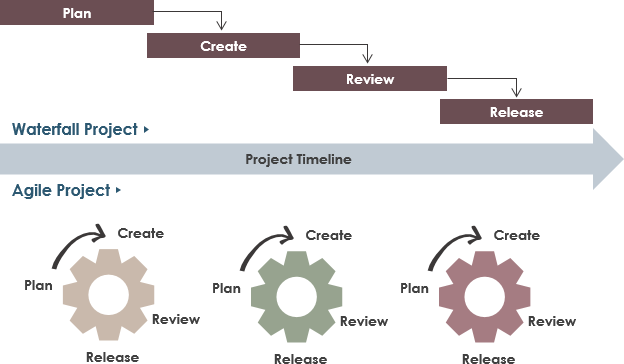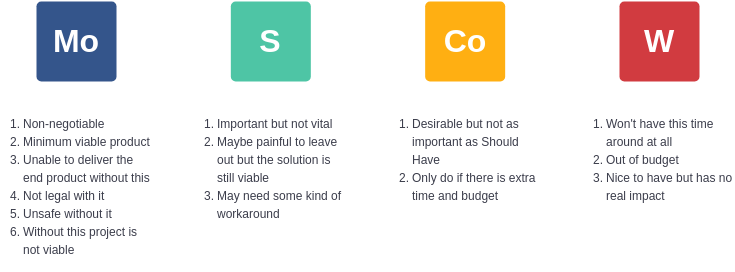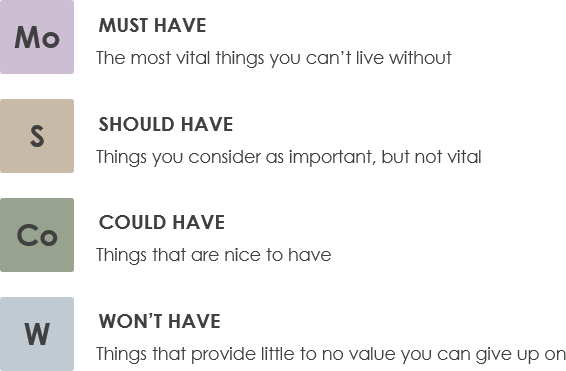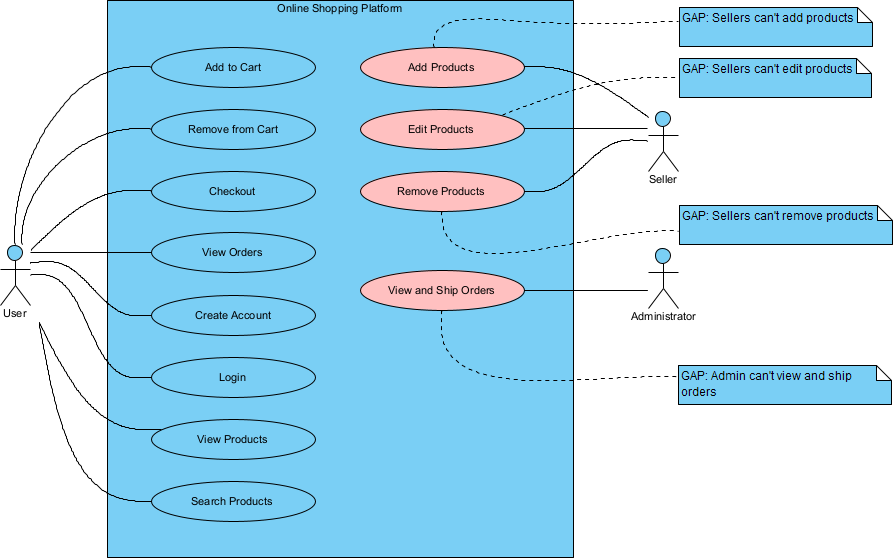Home » Project Management » Page 2
Developing a library system that caters to the needs of both librarians and library patrons can be a challenging task. To ensure that the system meets the requirements of all stakeholders and is delivered within the expected timeframe, an Agile development approach can be adopted. In this article, we present an Agile development plan for a library system that can be completed in 10 sprints over the course of 100 working days. Problem Scenario - A Library System The local public library is experiencing issues with their online catalog system. The system has…
continue reading →
What is Agile? Agile methodology is a project management approach that emphasizes flexibility, collaboration, and incremental development. It focuses on delivering working software in short iterations called sprints, which typically last one to four weeks. The agile methodology values individuals and interactions over processes and tools, working software over comprehensive documentation, customer collaboration over contract negotiation, and responding to change over following a plan. There are several key principles of the agile methodology: Customer satisfaction through continuous delivery of valuable software: Agile methodology aims to provide the customer with working software as soon…
continue reading →
The MoSCoW method is a prioritization technique used in project management, software development, and business analysis. It helps to prioritize requirements based on their importance and urgency, and allows project managers to allocate resources and budget accordingly. In this article, we will explore the MoSCoW method and provide an example of its implementation. What is the MoSCoW Method? The MoSCoW method is a prioritization technique that categorizes requirements into four groups: Must-haves, Should-haves, Could-haves, and Won't-haves. The acronym MoSCoW stands for: Must have: critical requirements that are essential for the project's success. These…
continue reading →
With the rise of mobile technology, coffee shops are now leveraging mobile apps to enhance the customer experience. By allowing customers to place orders, make payments, and earn rewards all from the convenience of their mobile device, coffee shops are revolutionizing the way customers interact with their brand. In this article, we will explore how mobile apps are transforming the coffee shop industry and what benefits they bring to both businesses and customers. Agile Development Process using User Stories The process for capturing requirements and identifying user stories involves several steps: Problem statement:…
continue reading →
Agile methodologies have gained significant popularity in recent years due to their ability to deliver products quickly and adapt to changing requirements. However, not all projects are feasible, and it's crucial to make informed decisions about whether to proceed with a project or not. The Go/No-Go Checklist combined with a weighted scoring approach can provide a framework for evaluating the feasibility of an Agile project. In this article, we'll discuss the importance of a Go/No-Go Checklist and how a weighted scoring approach can help in making informed decisions. Why A Go/No-Go Checklist for…
continue reading →
In the world of Agile project management, a feasibility study is a critical step towards project success. The Agile approach emphasizes flexibility, collaboration, and continuous improvement, and the feasibility study plays a key role in ensuring that the project is viable and achievable within these parameters. A feasibility study involves evaluating the technical, economic, and operational aspects of the project to determine if it is worthwhile and feasible. This includes assessing the technical requirements, available resources, potential risks and constraints, and estimating the cost and schedule for the project. By conducting a feasibility…
continue reading →
Introduction In today's digital age, having an effective online shopping platform can be a crucial factor in the growth and success of any business. However, creating and maintaining such a platform can be a complex and challenging task. In order to achieve an effective and user-friendly online shopping platform, businesses must use a structured approach that ensures that all aspects of the platform are carefully planned, designed, and implemented. One such approach is the use case approach, which involves identifying the various ways in which users interact with the platform and designing features…
continue reading →
Business rules are the cornerstone of any successful organization, providing the foundation for decision making and operational processes. As a business analyst, it's essential to have a tool that can help you manage and implement these rules effectively. That's where Visual Paradigm comes in. In this article, we'll explore how you can use Visual Paradigm to manage business rules and streamline your organization's processes.
(more…)
Project Management is an art of balancing and organizing the various aspects of a project. The Project Management Body of Knowledge (PMBOK) is a standard framework developed by the Project Management Institute (PMI) that outlines the best practices for project management. PMBOK provides project managers with a clear understanding of what needs to be done, when it needs to be done, and how it needs to be done to ensure the success of a project.
(more…)
What are the five stages of project management? The project management process is usually broken down into phases according to its life cycle, starting from Project Initiation and ending in Project Closure. In this project management guide, we will take a closer look at these five phases.










![5 Phases of Project Management [PMBOK Version]](https://cdn-images.visual-paradigm.com/features/v14/2/jit-pmbok-templates/just-in-time-pmbok.png)
